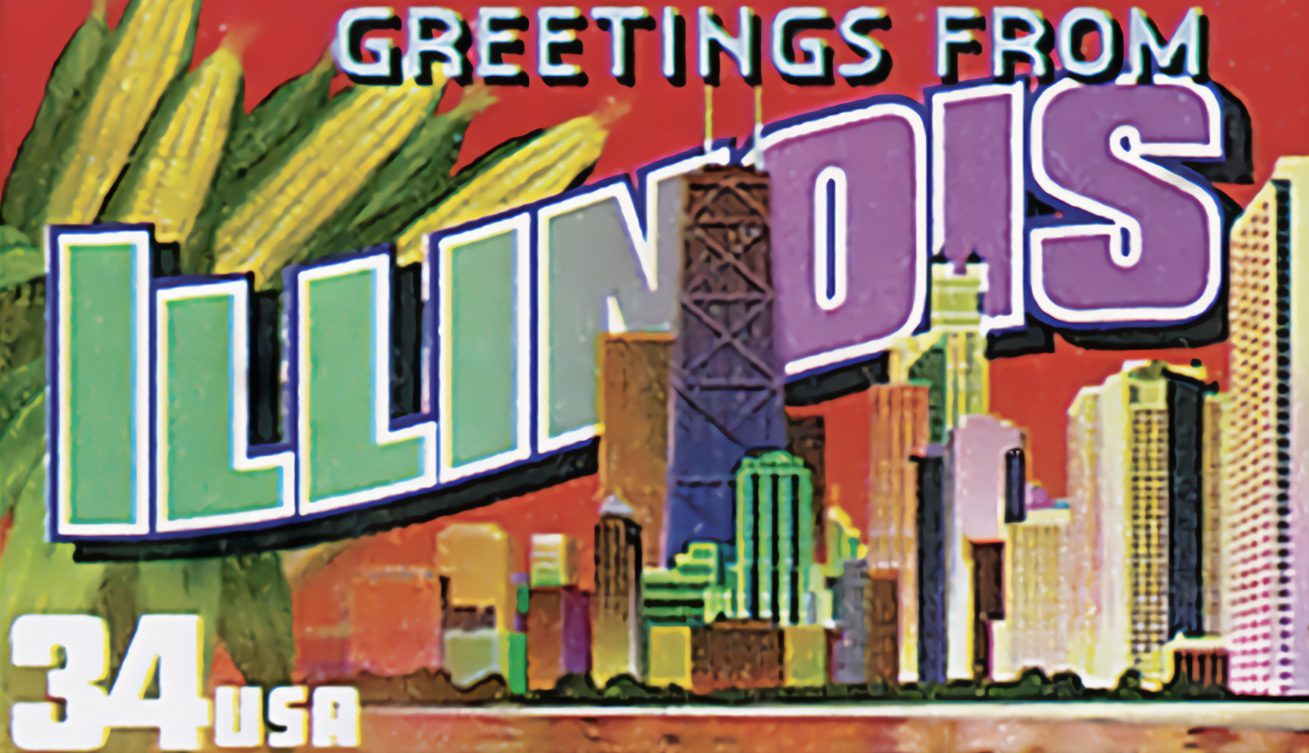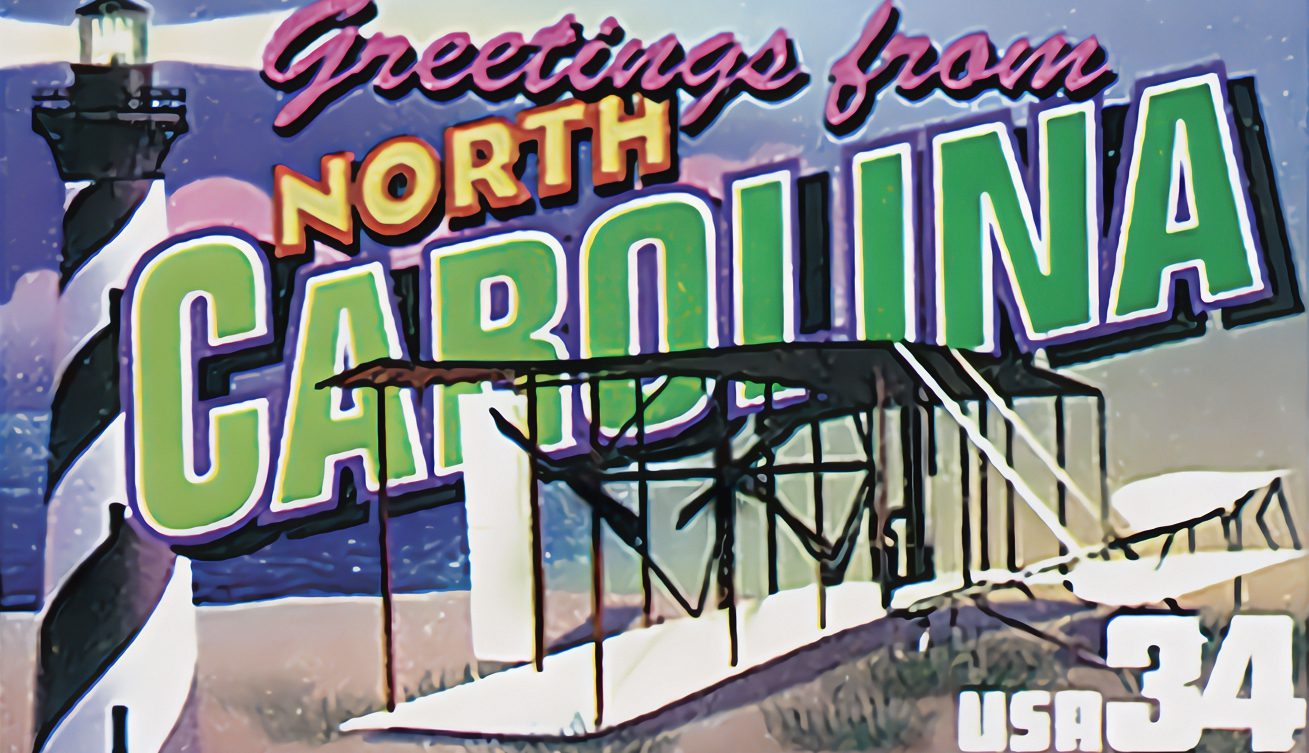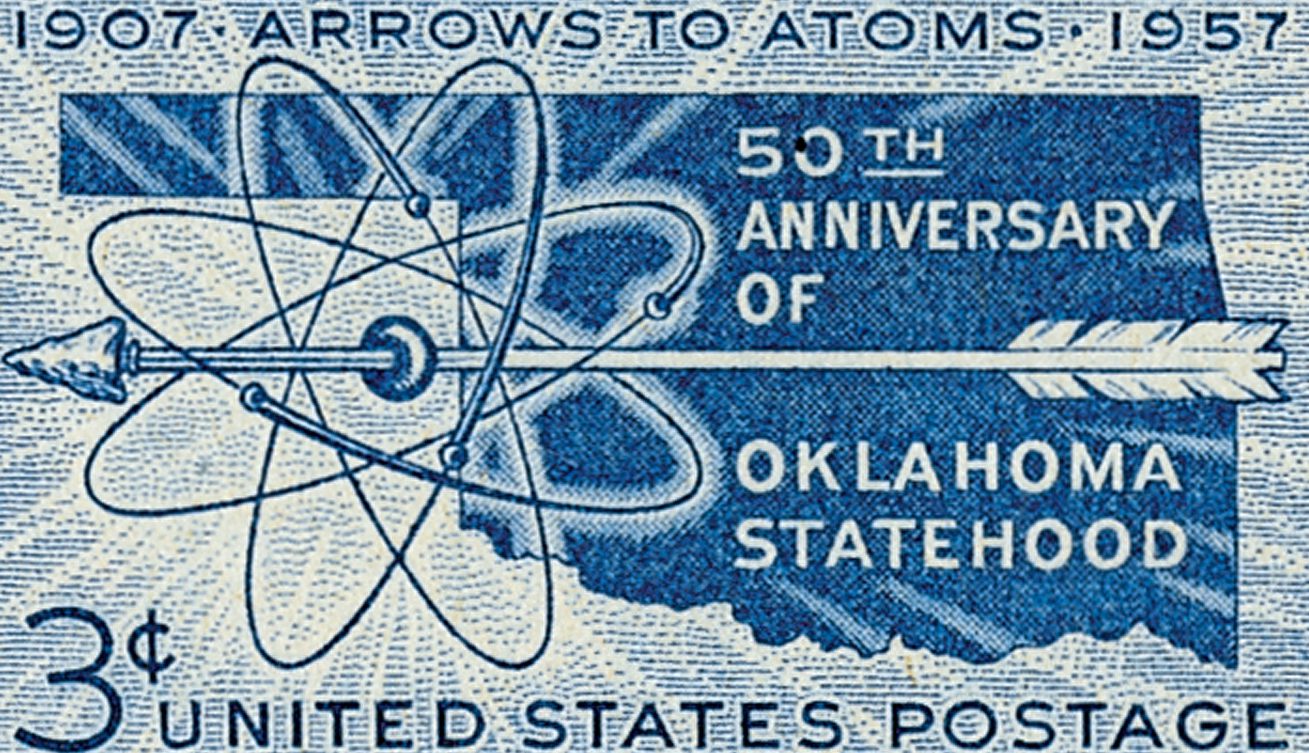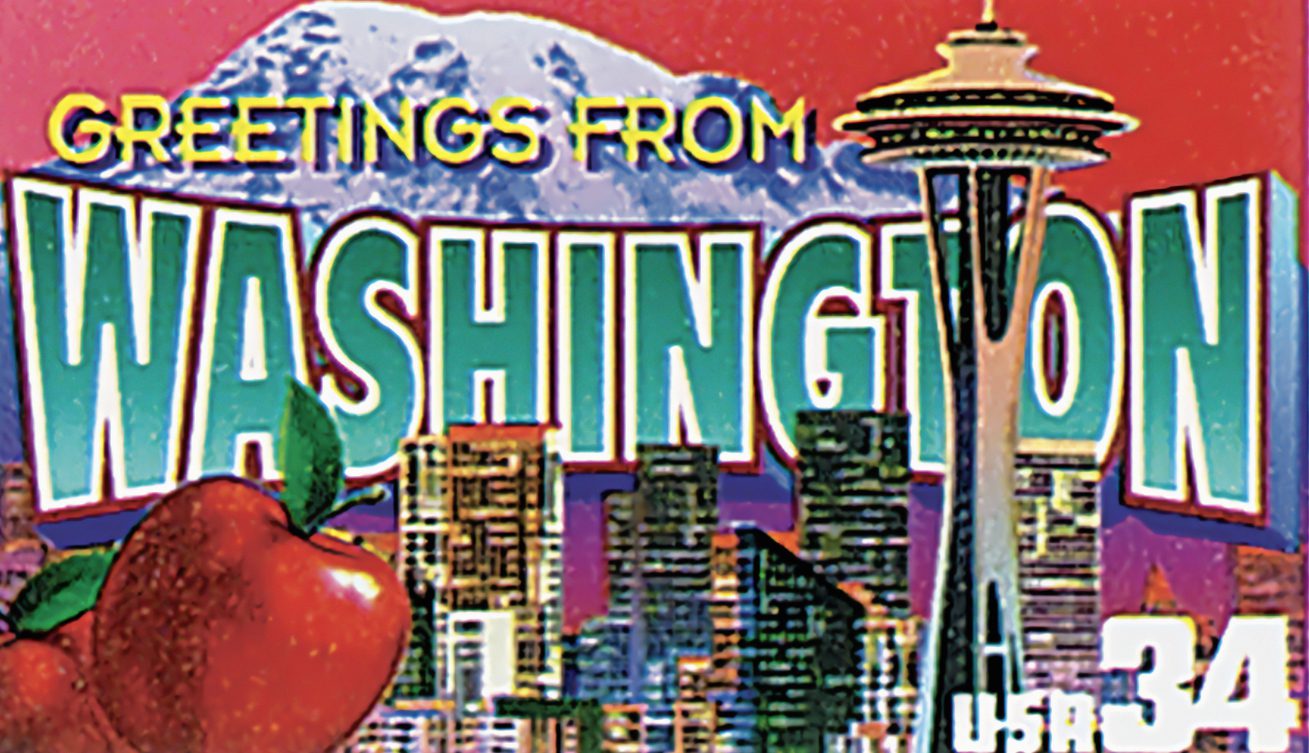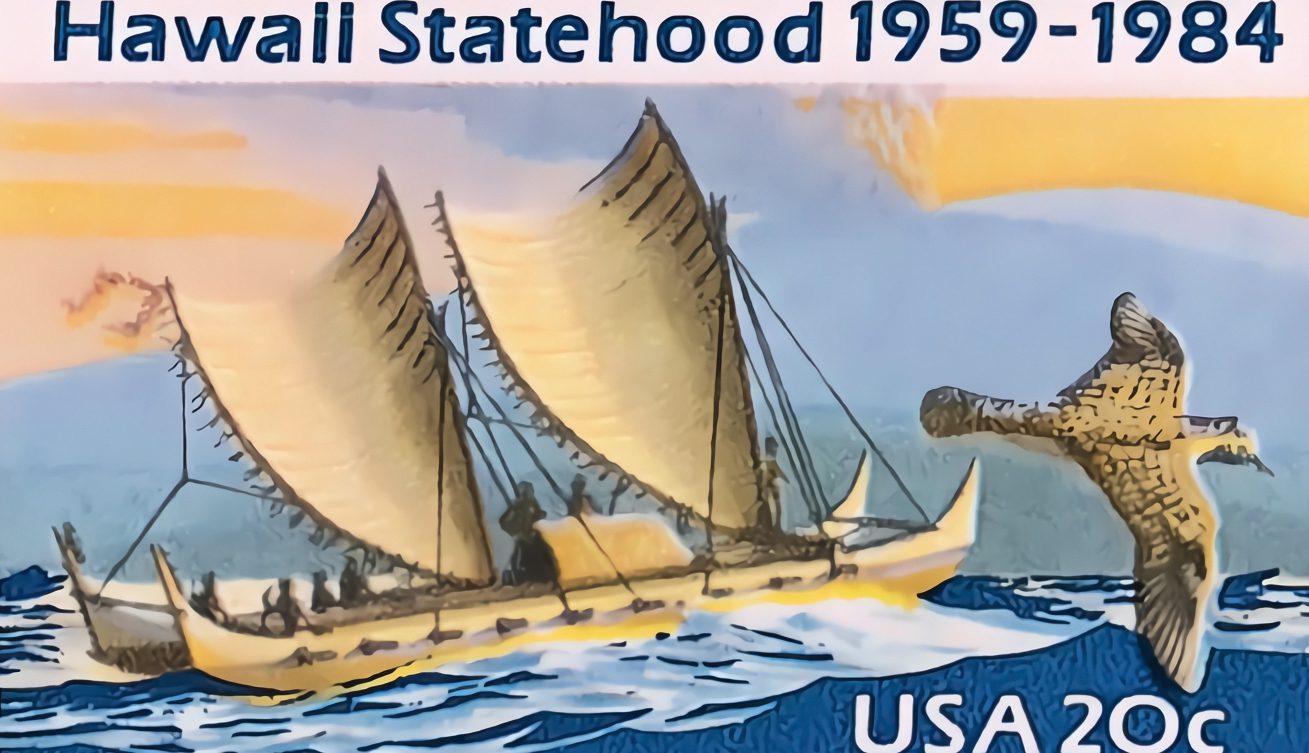Iowa Becomes a State
On December 28, 1846, Iowa was admitted to the Union as America’s 29th state. Known today for its rolling farmland and strong agricultural traditions, Iowa’s path to statehood was shaped by Native American history, European exploration, westward expansion, and economic change. Over time, the region transformed from Indigenous homeland to frontier territory and finally into a modern state with a diverse economy.



